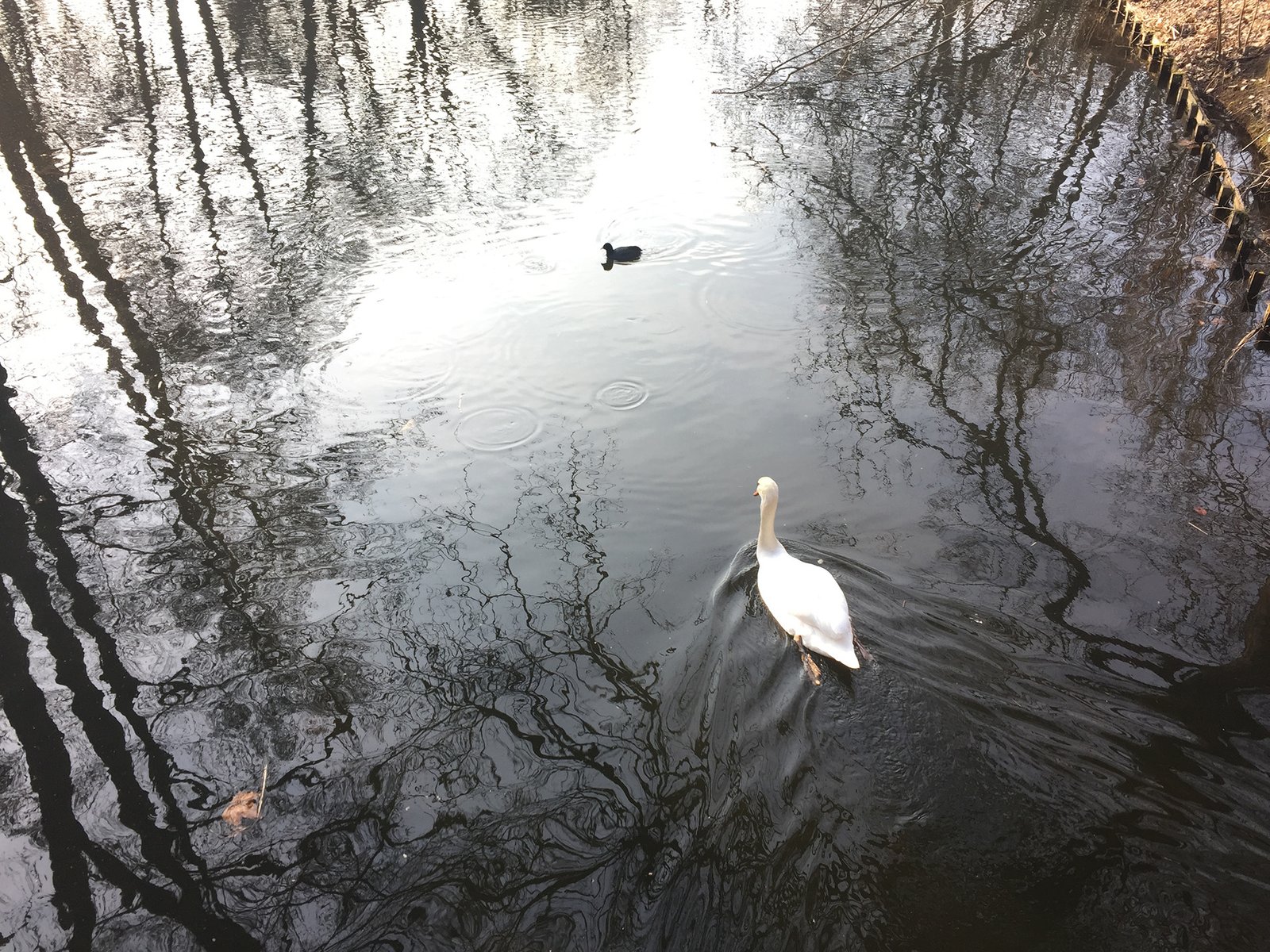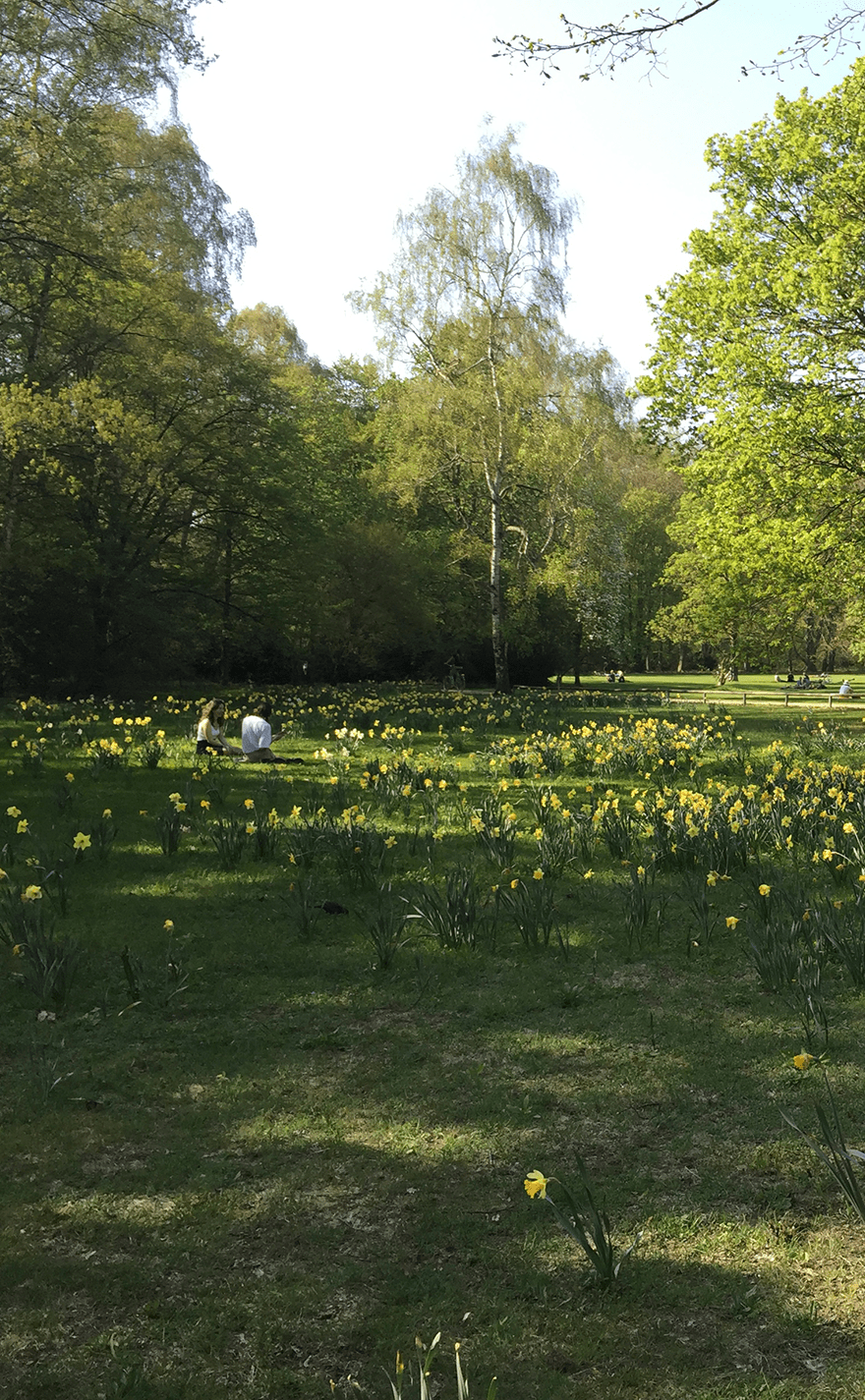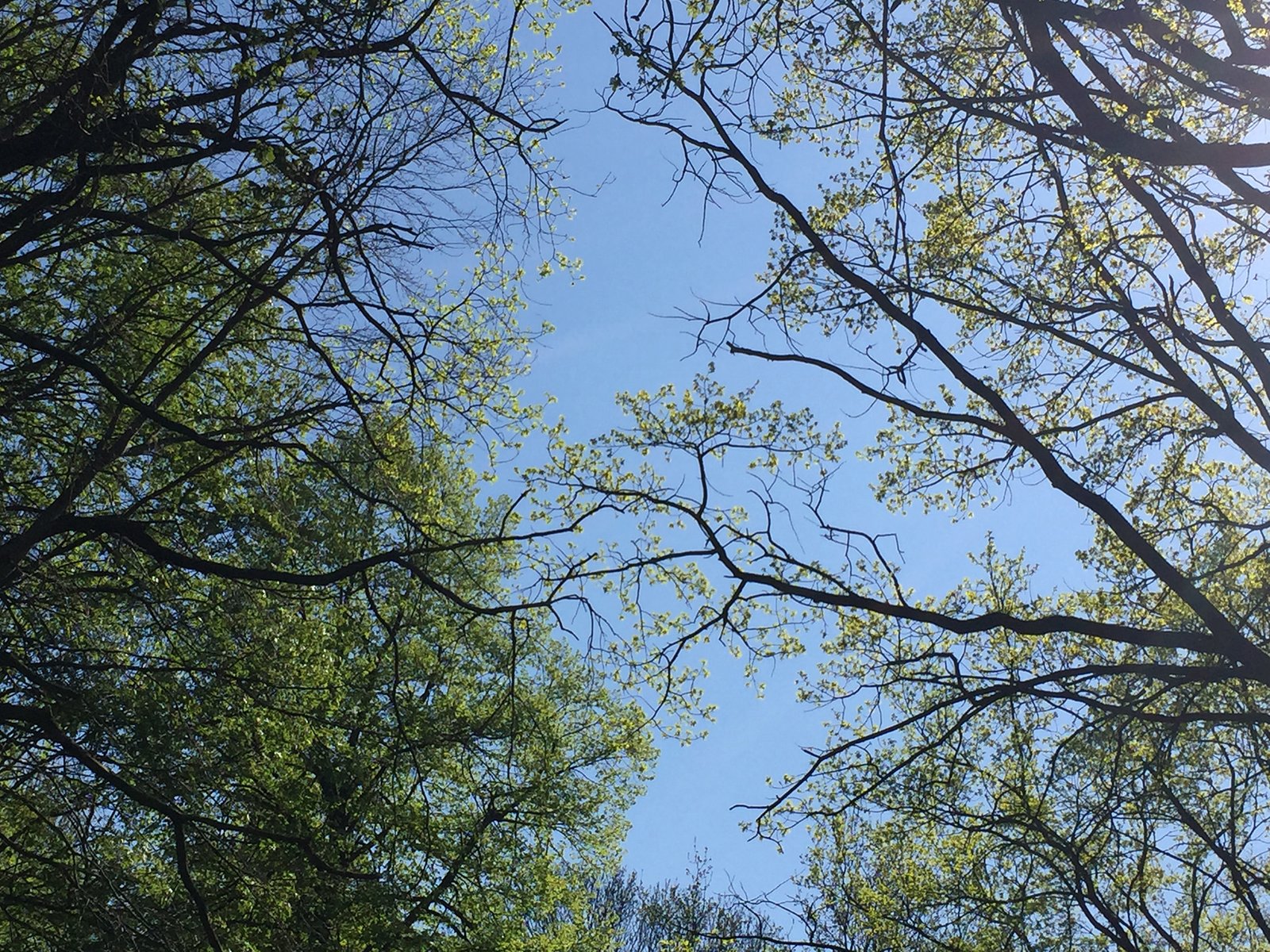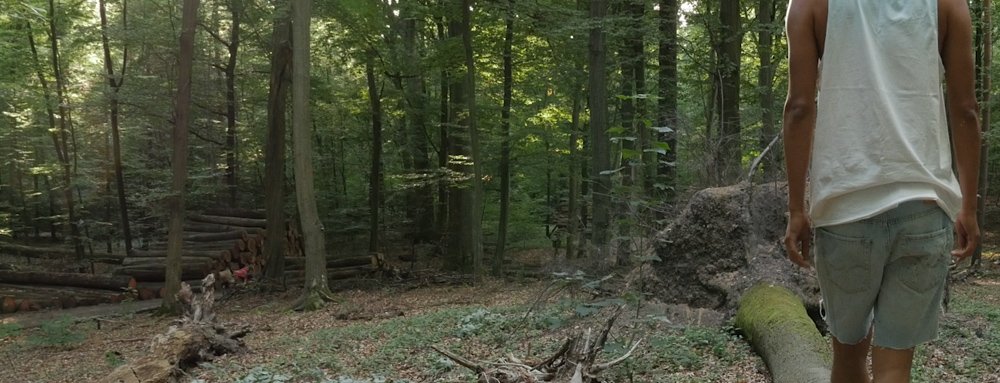Nature
11 THINGS I LEARNED SPENDING A YEAR IN BERLIN’S PARKS | part 10
In the whole of Germany, there is little remaining natural landscape. Nature has been tamed. Even forests are no longer natural. Most forests serve as managed tree farms. “Wild” forests are prefaced with “Natural” on the map.
As humans, we crave nature.
In some ways, I think this entire project is about the loss. Mourning the loss of nature the loss of a manufactured past; the loss of an age of wildness; a loss of certainty of our ability to pay rent as prices rise rapidly; and even the ability to expect normal patterns of weather.
And somewhere in the midst of this, there is hope.
After Tiergarten, Berlin’s Central Park, was leveled from bombing and economics which forced people to use its trees for firewood, time passed. The trees were replenished, donated from around Germany and the world.
When I first arrived in Berlin I avoided Tiergarten. I biked by it but wasn’t tempted to explore. But in part it is because of my monument hunt, when I spent many days getting lost inside the park in search of specific sites and statues, I started to enjoy the park. But I was really touched by the feeling of the generosity of these gifted trees. Tiergarten has two monuments acknowledging these gifted trees. After spending so much time there, I understand why.
Maybe my new appreciation for the monuments to donated trees in part answers my question about what we need more of in terms of our public figures in our public spaces. Can we imagine a time when we are looking up to monuments representing appreciation and generosity more than the remembrances of war and loss?
In what follows I want to reflect on the two aspects of nature that moved me most during my trips to parks here in Berlin. The sun. And the trees.



Catching the Sun
Berlin is gray for half of the year. Winter arrives and the sun can disappear for weeks at a time.
I moved to Berlin at the beginning of fall. Coming from sunny California, I was bewildered by my flatmate’s insistence that I go outside whenever there was even just a hint of sunlight. She would sit on the balcony no matter how chilly, and invite me to join. I appreciated the sun but didn’t feel compelled to greet it each time it appeared.
Then I spent a winter in Berlin and now know why Berliners head out to the park the moment there is even the promise of sunlight.
This year May was the sunniest season on record. There was 60% more sun than in 2017. The sense of urgency for sunlight felt less intense all summer until we had three days of clouds. Then I felt its disappearance in my bones. Now I understand this Berlin obsession with sunlight.

Urban Forests
Almost 20% of Berlin’s land is covered in forests. They provide recreation and protect the water, soil, climate, and habitat.
Due to climate change and pollution, the forestry department is considering planting trees and vegetation that can withstand increases in heat and soil acidification. Already we see that 2018 has marked a record dry summer. Germany also registered the hottest April on record.
And last summer many trees feel because of storms with downpouring of rain that loosening the soil and hurricane-force winds with gusts velocities of 120 kpm (75 mph). There was so much damage that Faulersee Forest closed for a period of time while clean-up took place.
I was glad to read that the forestry department in Berlin is tracking the health of the forests but wonder if there will continue to be a political will to make the changes needed.
Having just one urban forest might seem like a luxury. Berlin has five.
There is a growing movement to add more trees to cities.
Paris will be getting a forest with one million trees in part to fight urban air pollution. It will sit in a northwest suburb of the French capital, 18 miles from the center near the existing Montmorency Forest. In Akron, Ohio, the city is converting an unused highway into a forest. And in Aguascalientes, Mexico an oil pipeline is being converted into a public park.
Healing Power of Forest Bathing
As pressures for development for housing and office buildings continue, and empty spaces are disappearing, I personally think it is important for residents to engage with the forests.
I’ve been filming “forest baths” in Berlin. A forest bath is a concept developed in Japan. Stressed-out workers travel to a forest outside of Tokyo (there are some amazing forests just outside of Tokyo, including Aokigahara, or ‘Sea of Trees,’ on the northwestern side of Mount Fuji) and sit quietly among the trees. It’s a form of outdoor meditation. Researchers have found that “forest bathers” experience good chemical reactions, reduced lower cortisol, blood pressure, increased energy. This translates to happier people.
While my forest bath videos can not transmit essential oils which are thought to be a contributor to the health benefits, new studies show that looking at the geometric shapes found in nature provides positive health benefits.
—
As more and more people move to cities, keeping that connection to nature is becoming important on a global scale.
Berliners are in a fortunate place, because of history and geography, to have so much access to nature in different forms. I know the green attracted me to Berlin. And I’ve heard from friends from Paris say they don’t think they can go back for lack of green. Loss and hope. Hope and loss. Those words ring in my head for so many reasons and resonate as I think of Berlin in so many ways.


